Description
General Information
Compounds with the intended use of killing, repelling, or otherwise controlling pest plant or animal life is designated are Pesticides. Herbicides kill weeds and other undesired plants; insecticides kill a wide variety of insects; fungicides stop mold and mildew growth; disinfectants kill bacteria; rat and mouse poisons prevent rodent populations from expanding; and so on. Low-level pesticide residue exposure through food is common because of the extensive use of agricultural pesticides in food production. To date, researchers have not been able to determine the long-term effects of exposure to these chemical traces. Any compound or mixture of substances used to prevent, eliminate, repel, or reduce any pest is considered a pesticide by the United States Environmental Protection Agency (EPA). Despite common misconception, “pesticide” encompasses insecticides, herbicides, fungicides, and other similar compounds. Chemicals used to control plants are also known as pesticides.
Usage of Pesticides
Mosquitoes, ticks, rats, and mice are just a few examples of disease-carrying pests that can be eradicated with the help of Pesticides. In agriculture, pesticides combat unwanted plant growth, problems, and illnesses. They come in a wide variety and are designed to be most effective against certain pests. A few illustrations are: Algaecides can eliminate algae entirely or significantly decrease its reproduction rate. Medicines called antimicrobials kill or inhibit the growth of microorganisms like bacteria and viruses. Chemicals are used to kill or prevent the spread of germs and bacteria, viruses, and other organisms. Chemicals are used to avoid the growth of mold, mildew, and rust. Weed killers and growth regulators, aka herbicides, to get rid of the plants you don’t want. The use of insecticides to combat pests. Chemicals used to inhibit insect development and reproduction are called insect growth regulators—products designed to eliminate rodents such as mice, rats, and gophers. Insecticides, fungicides, and other wood preservatives protect the wood.
| Applications |
| Algaecides
Antimicrobials Disinfectants Fungicides Herbicides Insecticides Insect Growth Rodenticides Wood Preservatives |
Pesticides
Technical data sheet & Chemical Formula
Pesticides can be either a chemical (like carbamate) or a biological agent (such as a virus, bacteria, or fungus) used to prevent or eliminate pests. Insects, plant pathogens, weeds, mollusks, birds, animals, fish, nematodes (roundworms), and microorganisms are all fair game if they cause property damage, are a nuisance, or spread illness. The use of pesticides has both positive and negative aspects.. C12H8Cl6 is the chemical formula.
Packing of Pesticides
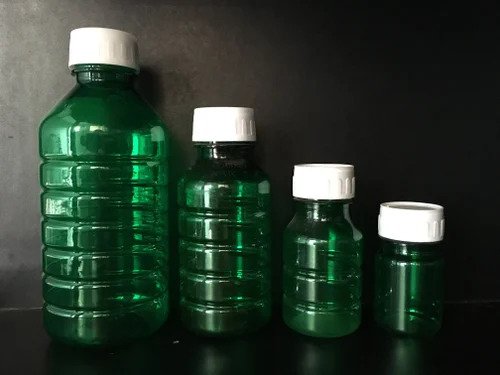
Packing
Pesticides are usually packed in bottles of 500 grams to 50 kg and even more.
Safety & warning & transportation of Pesticides
Although there are times when Pesticides come in handy, they should never be applied recklessly or kept in an unsuitable location. Safer pest management can be achieved by following these steps: Using non-chemical management measures to decrease or eradicate insect problems is the most efficient strategy to lessen the dangers caused by pesticides. In and around the house, these include eliminating pests’ food and water supplies (such as plumbing leaks) and eliminating their shelters and breeding grounds (such as litter and plant debris). If you have to use pesticides, ensure you know exactly how to apply them and take all necessary safety measures. Don’t apply more insecticide than is recommended or use chemicals for pests that aren’t listed on the label. Doubling the amount won’t solve the problem twice as fast. Wear waterproof gloves, black pants, and a long-sleeved shirt when handling insecticides, as specified on the label. Immediately after using pesticides, it is necessary to wash hands and change clothes.
The label on any pesticide should instruct you to keep children, toys, and animals away from the treated area until the chemical has dried. When using this on an indoor application, please remember to remove or cover all food.

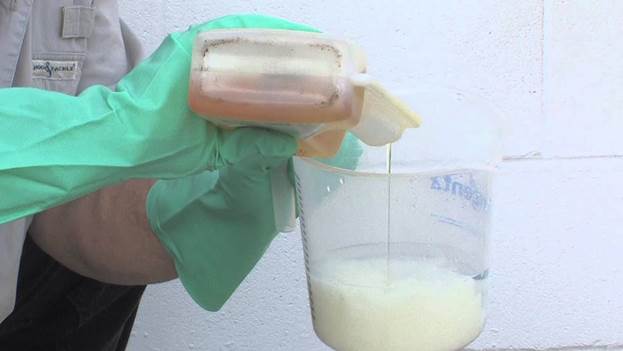
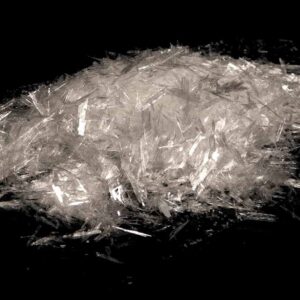
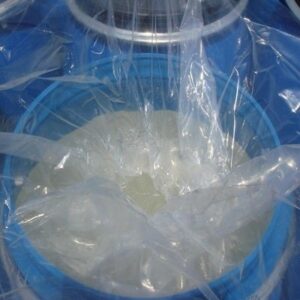
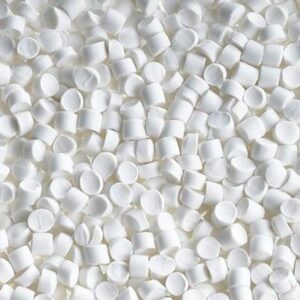

Reviews
There are no reviews yet.